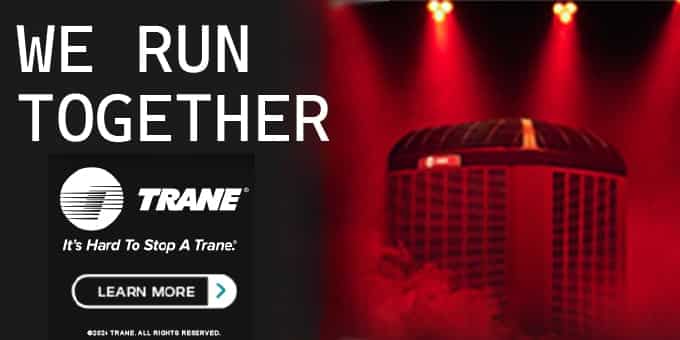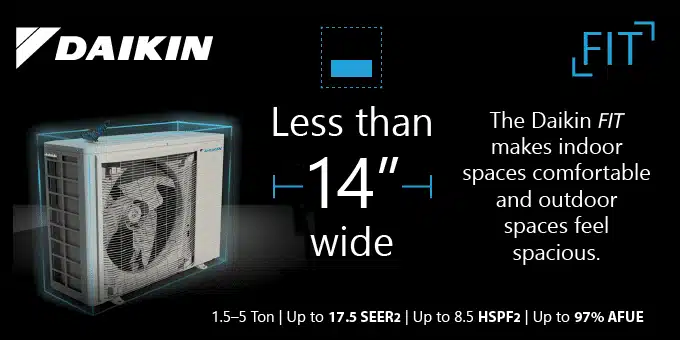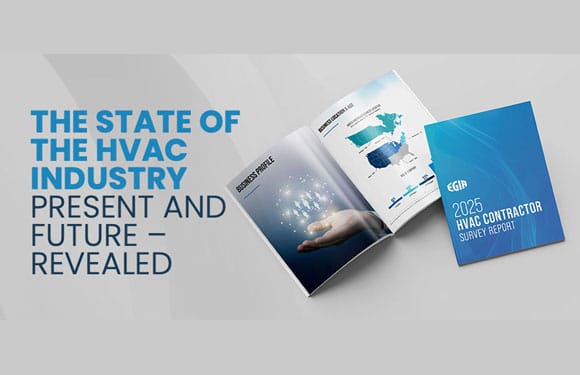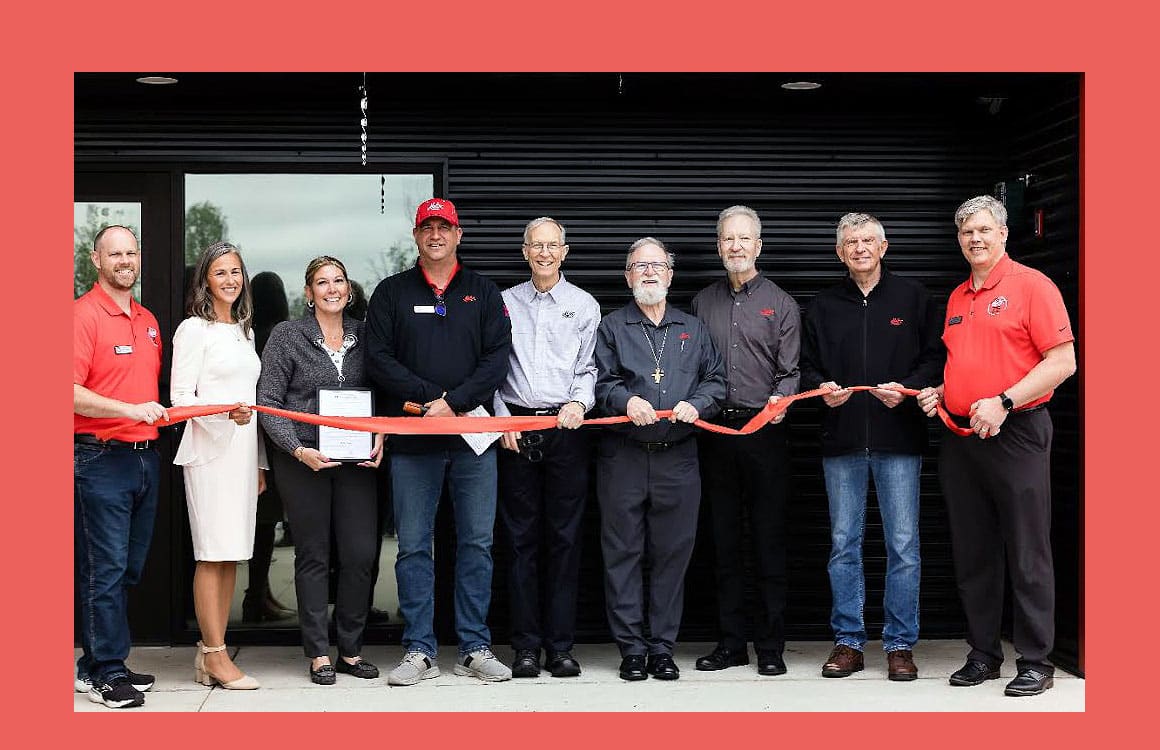This is a quick tech tip derived from a short podcast episode in response to a question by one of our viewers, Gunther. You can listen to that episode HERE. If you would like to submit a question for the podcast, you can submit a voice recording on Speakpipe at https://www.speakpipe.com/hvacschool.
Restaurants are commercial facilities that generate a bunch of indoor pollutants, so the kitchen exhaust forces a lot of that contaminated air out of the space. These facilities balance some of that ventilation out with makeup air, which is fresh air added back to the structure. Nowadays, makeup air is usually conditioned.
However, it’s not just a commercial HVAC strategy. We can use makeup air in residential structures as well. Some exhaust ventilation systems, like large range hoods, bring the house under significant negative pressure. This situation can bring in undesirable air or even downright dangerous. To mitigate those negative effects, we have some codes in place to bring in makeup air and balance the ventilation.
Why Balance Ventilation?
When we exhaust air, the structure goes under negative pressure. It needs to pull in air to replace the air leaving the structure. Without any mitigation strategies, the structure will bring in air from any gaps it can in the building envelope—could be cracks around recessed lighting in a home or even a floor drain in a commercial building.
The air coming in from those areas—completely uncontrolled—will likely be poor quality. Commercial floor drains need no further explanation. Attic air can be full of dust and debris from insulation. (Not to mention, animals and bugs may get into the attic and produce waste.) Negative pressure can also cause open-combustion appliances to backdraft, which is dangerous. The furnace on the left is an example of an open-combustion furnace; it draws air in from its immediate surroundings and doesn’t have a separate intake.

It makes so much more sense to replace that air in a controlled fashion with makeup air.
What Does the Code Say?
Now that we know the why behind makeup air, let’s see what the code has to say about it.
International Residential Code (IRC)
The IRC will be applicable to anybody who reads this tech tip. While the IRC doesn’t require kitchen exhaust systems, it has some requirements for makeup air in structures that have them.

IRC M1503 is the broad section about domestic cooking exhaust equipment. It states that makeup air must be provided at a rate approximately equal to the exhaust in systems that exceed 400 CFM.
IRC M1503.6 is the subsection that tackles the pressure issues presented by range hoods exhausting >400 CFM. Within that subsection, IRC M1503.6.2 requires makeup air dampers that automatically open when exhaust systems of >400 CFM run. These automatic dampers ensure that the structure brings in enough fresh air to offset the negative pressure from the exhaust hood.
IRC M1503.6.1 also requires that the makeup air be discharged into the same room as the exhaust hood or into rooms or duct systems that interact directly with the room through one or more permanent openings. (Think of a return grille in the case of a duct or a transfer grille in the case of a room. A doorway is not a permanent opening.) This code implies that the closer to the exhaust ventilation, the better.
IRC G2407.4 (304.4) addresses the backdrafting issue and states that makeup air must be provided if the exhaust ventilation (such as from range hoods or dryer vents) interferes with the gas appliance. Otherwise, you cannot install open-combustion appliances in the same location as exhaust ventilation.
Florida Building Codes
The state building codes will vary a bit, but since Gunther is a fellow Floridian, we’ll explain the building codes in our state:
Per the Florida Residential Code, Section M1503.4, kitchen exhaust hood systems capable of exhausting more than 400 CFM must be provided with makeup air at a rate approximately equal to the exhaust air rate. (Sounds familiar, doesn’t it?) In addition, the makeup air system must be equipped with at least one damper to regulate the airflow.
Per the Florida Mechanical Code, Section 505.2, any kitchen exhaust system that exceeds 400 CFM must be provided with makeup air to balance the air pressure and ensure proper ventilation. The code doesn’t specify whether this makeup air must be mechanically or naturally provided. However, it does call for mitigation strategies against any negative pressure caused by the exhaust.
Using these local codes with the IRC, it would stand to reason that mechanical makeup air ventilation systems should be installed so that they discharge makeup air directly into the same room (or supply duct system of the room) as the exhaust hood to provide balanced ventilation.
References
2024 International Residential Code (Chapters 15 and 24)
2023 Florida Building Code, Residential, 8th Edition (Chapter 15)
2023 Florida Building Code, Mechanical, 8th Edition (Chapter 5)















